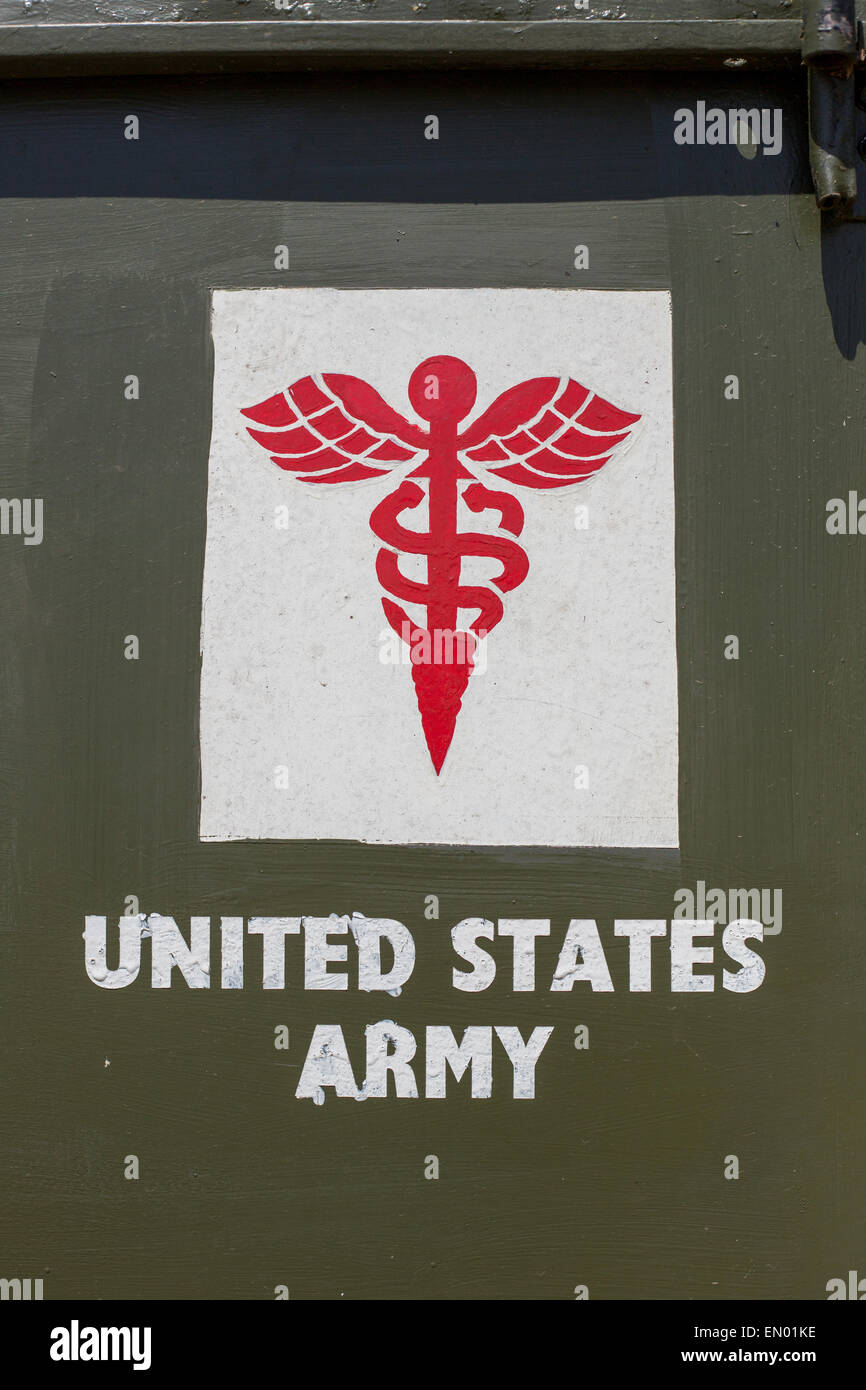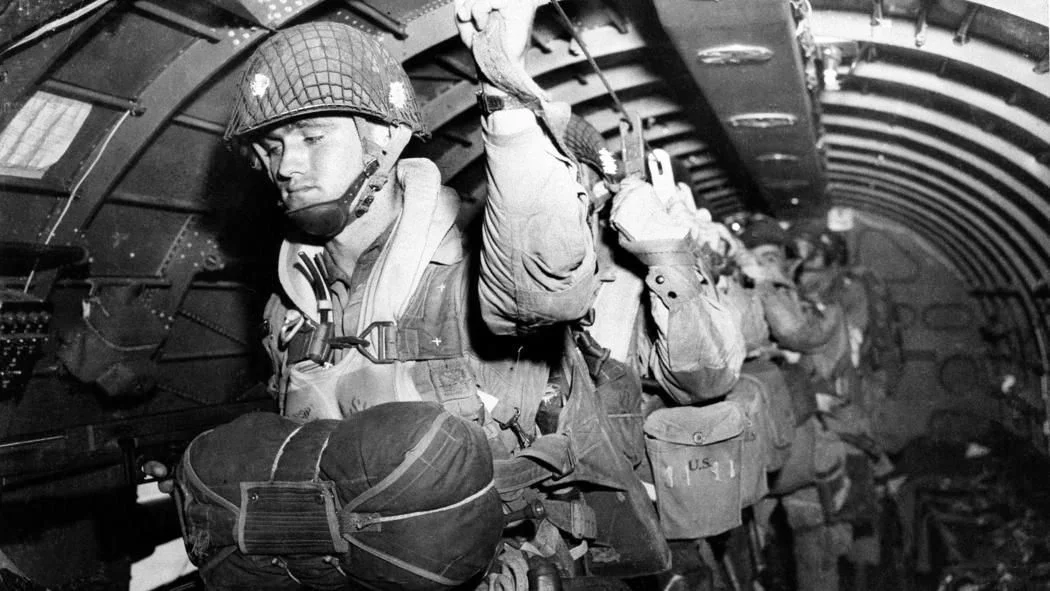
(Image by Paul Hewitt – Battlefield Design) ‘Big war’: the Allies’ winning strategyĪllied strategy was to use ‘steel not flesh’: they wanted to use their enormous global reach and access to resources to make the Allied war effort as mechanised and technologically advanced as possible and to use machines – steel – in order to keep the number of men at the coal-face of war as low as possible. Listen: Giles Milton on lesser-known stories of soldiers and civilians who were involved in the Normandy landings By blowing up bridges, railways and roads and harrying anything that tried to move in daylight, they were able to greatly slow up German movement to Normandy and allow increasing numbers of Allied troops and materiel to cross the Channel. This was where Allied air power came in, because it was the bombers and fighter-bombers that were responsible for slowing German reinforcements to the front, both of infantry units, but particularly their panzer divisions – formations of motorised infantry, artillery and tanks – which were the best Nazi Germany had.
D-Day: the successes and failures in focus. This proved the case but thereafter the race was on as to which side could build up a decisive weight of forces in Normandy first. Allied intelligence was superb and so long as the exact location and timing of the invasion remained secret to the Germans, the attackers would achieve tactical surprise when they began landing in Normandy. The Allies had amassed vast forces, but despite the thousands of warships and landing craft, only a fraction of Allied strength could be initially transported across the Channel. The immediate goal was to make sure the invasion was successful. (Photo by Keystone/Getty Images) What was the goal of D-Day? US troops in landing craft during the D-Day landings. The date was set as 5 June 1944, which was then pushed back a day due to poor weather, to Tuesday 6 June. Finally, in early June 1944, the Allies had the weight of men and materiel as well as control of the skies with which to invade. Gaining air superiority over all of Western Europe was a non-negotiable prerequisite for any invasion and not until the spring of 1944 had that condition been met. Vital airfields were captured in southern Italy, from which Allied strategic air forces (those independent of ground operations) could work in tandem with bomber forces operating from Britain – and so tighten the noose around the Third Reich. With increasingly large Allied forces now in the Mediterranean and with Italy teetering, it made sense to follow up with an assault on Sicily in July 1943 – and after victory there, a further invasion of southern Italy that September. 
12 things you (probably) didn’t know about Pearl Harbor.With the British Eighth Army attacking from Egypt and the Anglo-US First Army from Algeria, the German-Italian forces were caught in a pincer in Tunisia, which finally fell in May 1943. Instead, a joint invasion of north-west Africa, held by pro-Germany Vichy France, was launched first in November 1942.
WHAT WAS D DAY CRACK
The build-up of US forces in Britain began in January 1942, but it soon became clear this new coalition of Britain and the United States was not ready to crack Nazi-occupied Europe any time soon. In December 1941, British and American war leaders met and agreed that the defeat of Nazi Germany was their first priority and that the best way to achieve this was by an invasion of France, using Britain as a launch-pad. The United States had been gearing up for war since the fall of France and when Germany’s Axis partner, Japan, attacked the US naval base at Pearl Harbor in Hawaii, America was finally drawn into the increasingly global conflict.Īn explosion at the Naval Air Station, Ford Island, Pearl Harbor, during the Japanese attack on 7 December 1941.


 How far did the German people support the Third Reich?. This consigned Germany to a long, drawn-out war it could ill afford and to invading the resource-rich Soviet Union far earlier than planned. Following the defeat of France in the third week of June 1940, Britain successfully withstood the threat of invasion by decisively defeating the Luftwaffe without control of the skies over southern England, a German invasion was an impossibility. Nazi Germany then occupied much of continental Europe and also Norway. (Photo by Keystone/Getty Images) Why did D-Day happen?īack in June 1940, the British had retreated back across the Channel and then France, Britain’s ally, had surrendered. British troops on their way to Normandy to take part in the D-Day landings.
How far did the German people support the Third Reich?. This consigned Germany to a long, drawn-out war it could ill afford and to invading the resource-rich Soviet Union far earlier than planned. Following the defeat of France in the third week of June 1940, Britain successfully withstood the threat of invasion by decisively defeating the Luftwaffe without control of the skies over southern England, a German invasion was an impossibility. Nazi Germany then occupied much of continental Europe and also Norway. (Photo by Keystone/Getty Images) Why did D-Day happen?īack in June 1940, the British had retreated back across the Channel and then France, Britain’s ally, had surrendered. British troops on their way to Normandy to take part in the D-Day landings.








 0 kommentar(er)
0 kommentar(er)
